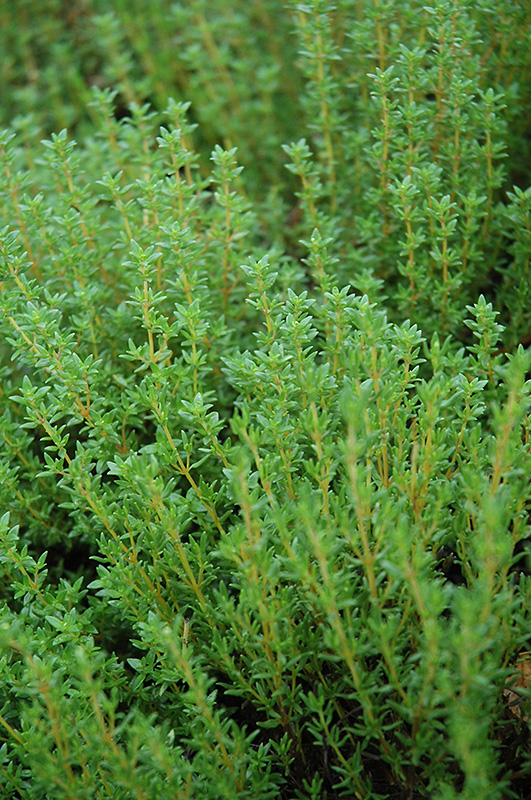

Thyme is not a heavy feeder, so amend with compost and a moderate amount of organic fertilizer at planting time to help the plant settle in. Select an area with sandy, dry soil that receives 4 to 6 hours of sunlight per day. While thyme can grow in partly shady locations, growth will be slow, and the stems will have less foliage. For the best results, grow thyme in an area that receives morning sun and an additional 4 to 6 hours of sunlight during the day.
#English thyme ground cover full#
Thyme prefers growing in well-drained soil in full sun but can also tolerate partial shade.
#English thyme ground cover how to#
Here are tips for growing thyme: How to Select and Prepare Your Growing Area You can start thyme from seeds, cuttings, divisions, or purchased seedlings. Most varieties of thyme are hearty perennials that come back every year when grown in plant hardiness zones 4 to 9. Thyme is relatively drought-tolerant and trouble-free once established. The leaves have a mild lemon flavor and are used for soups and stews.

Variegata is a low-growing plant that has variegated leaves and a lemon fragrance.The leaves have a light lemon fragrance and flavor, making this thyme variety ideal for fish or chicken recipes. Archer’s Gold forms a dense, low-growing mat of yellowish-green leaves.Other thyme varieties you may discover at your local garden nursery include: German thyme is also called winter thyme because it is very cold hardy. German thyme has smaller, slightly rounded leaves than the other varieties, but the foliage packs lots of flavor.
/red-creeping-thyme-flowering-big-56a585ab3df78cf77288b00e.jpg)
French thyme is also called summer thyme and offers a slightly subtler flavor than English thyme. French thyme has upright stems with small, narrow gray-green leaves.English thyme is also referred to as garden thyme or common thyme. English thyme is a low-growing plant with flat, pointy, green, fragrant foliage.Each type bears leaves of slightly different shapes, colors, and flavors. Whatever use you have for thyme, there is a variety suitable for your garden.įrench, English, and German thyme are the most well-known culinary varieties you will find at your local nursery. Some are ornamental plants only, and some serve double-duty as edible and ornamental plants. There are well over 300 varieties of thyme that range from small evergreen perennials, and all are easy to grow. It holds its flavor in cooking and blends well with other flavors of its native region, such as garlic, olive oil, and tomatoes. Thyme has a subtle, dry aroma and a slightly minty flavor that pairs well with meat, summer soups, and vegetable recipes. This highly aromatic Mediterranean herb performs exceptionally well in somewhat dry, sunny conditions. It is native to southern Europe, from the western Mediterranean to southern Italy.

Thyme ( Thymus vulgaris) is a perennial shrub belonging to the Labiatae, or mint, family. Use these tips to grow thyme in your garden to enjoy this beautiful and versatile herb. Thyme is a low-growing, woody perennial herb grown for garden beauty and culinary uses.


 0 kommentar(er)
0 kommentar(er)
